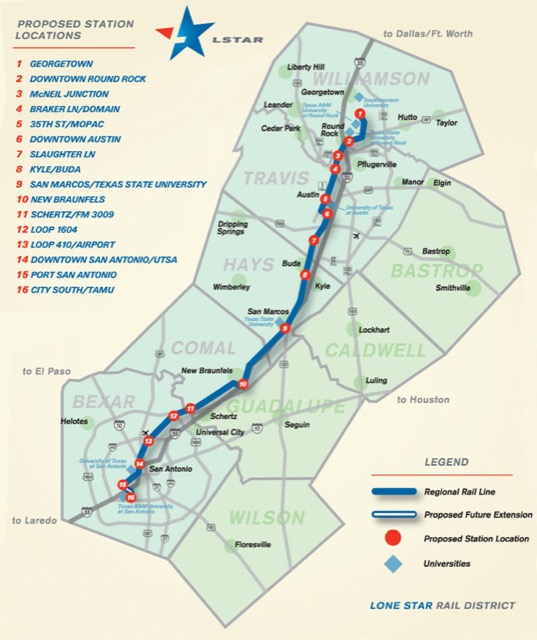Shortly after the Antiplanner commented on low oil prices last April, the Saudis admitted that their goal in flooding the market with oil was to drive out high-cost producers such as owners of shale-oil and off-shore wells. Now it appears that this policy has backfired on the Saudis, as their economy is hurting from the low oil prices while the shale industry continues to produce oil.
The problem for the Saudis, says one analyst, is that low prices might hurt high-cost producers, but the shale frackers “are mostly mid-cost.” thanks partly to new technologies. This means that, once they’ve made the initial investment in drilling and fracking, they can continue to extract oil, covering their operating costs even when prices are low and won’t be put out of business by a temporary surge in production in the Mideast.
Meanwhile, the Saudi government has seen its revenues decline by more than 30 percent. This has led Standard & Poors to downgrade Saudi credit ratings, saying that the country’s economy is “undiversified and vulnerable to a steep and sustained decline in oil prices.”









